SUSTAINABILITY
Sustainable Development Goals and the Planetary Boundaries by Vivienne Fitzpatrick
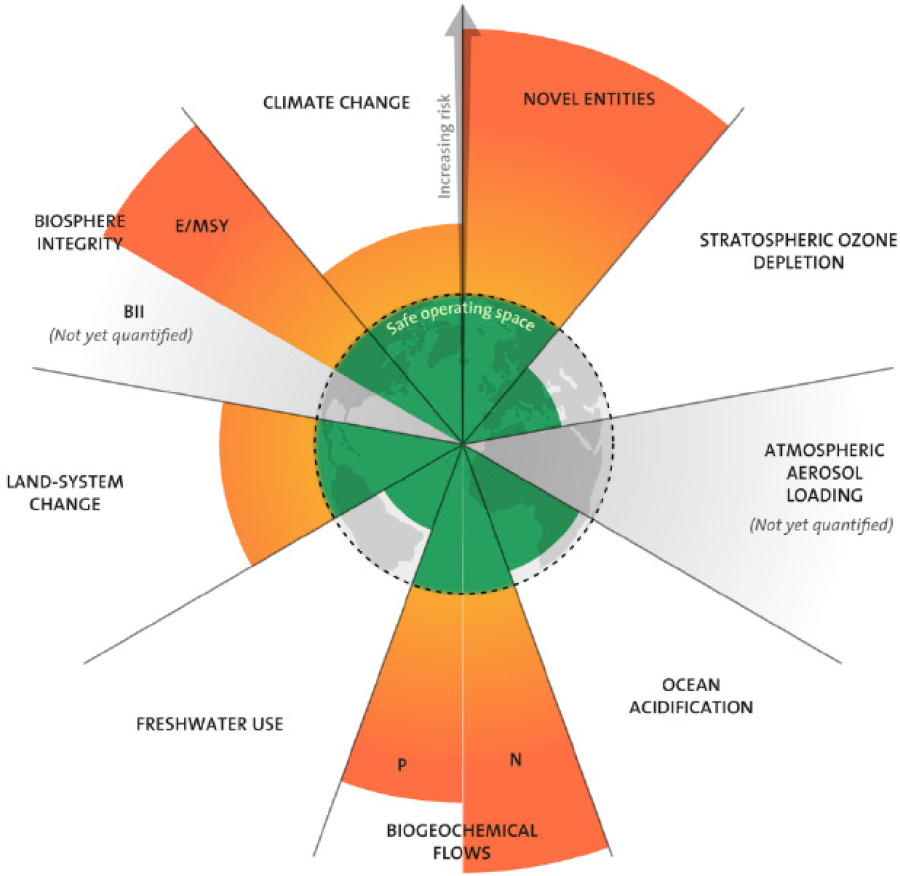
To place some context on this significant impact, the below picture shows the different timescales Earth has progressed through, starting at 3 billion years ago when the first organic matter was detected.
The Holocene epoch (our current age) is circled, which began 11,700 years ago after the last ice age. However, we have moved into the Anthropocene (man made era) as a result of crossing or nearly crossing planetary boundaries, the process of which commenced in 1850 at the start of the Industrial Revolution (National Geographic, 2023).
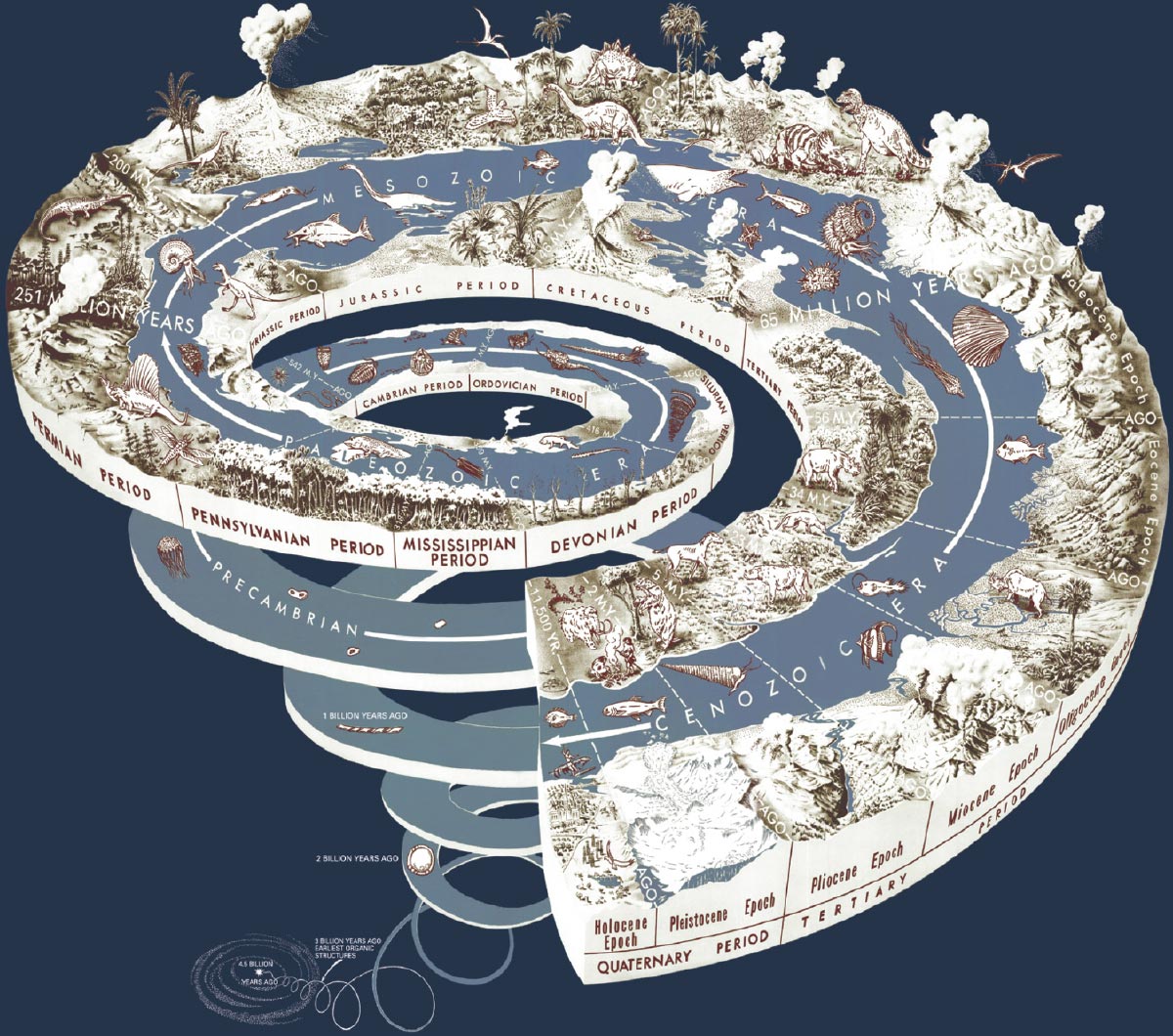
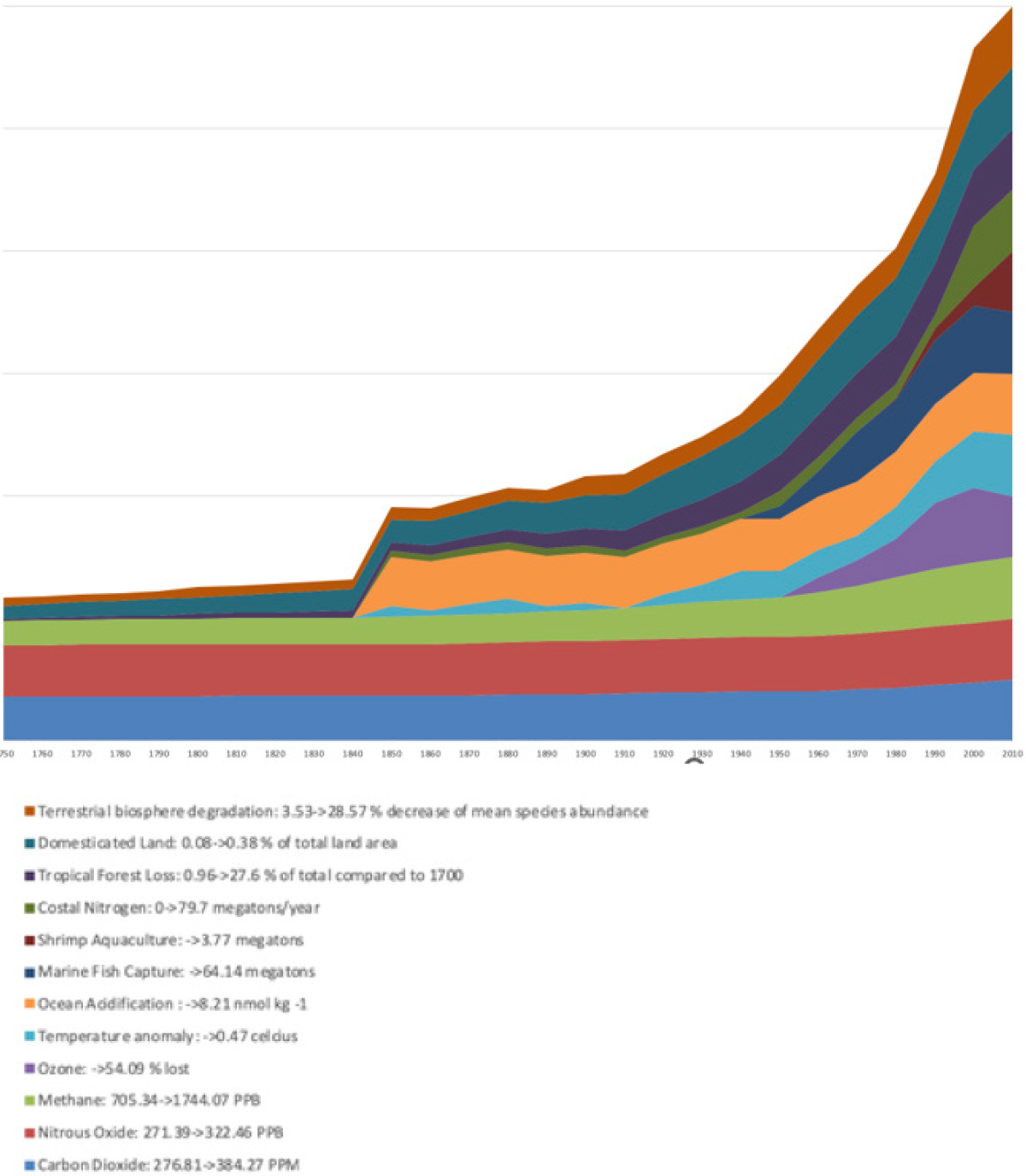
This “dramatic, continuous and roughly simultaneous surge” in human made activity is pushing our planetary boundaries beyond its limits (Future Earth, 2015).
It is possible to reverse some of damage done, a well-known success story is that of the Montreal Protocol, an international treaty designed to protect the ozone layer.
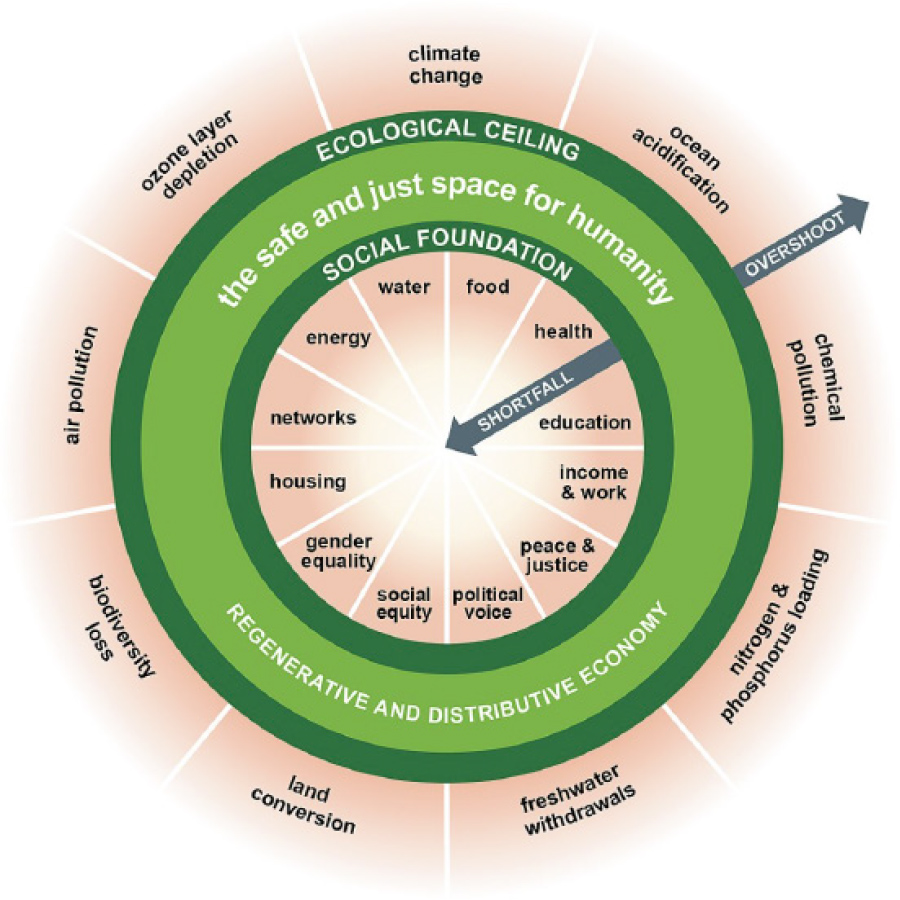
In 2012, Kate Raworth, a University of Oxford economist, developed Doughnut Economics, which combined the planetary boundaries with social boundaries.
The goal of the model was to overlay and integrate economic growth, human prosperity, and happiness with vital natural resources (Raworth, 2012). The hole of the doughnut represents the proportion of people that lack access to life’s essentials, these minimum requirements are based on the UN’s Sustainable Development Goals, while the crust represents planetary boundaries. The middle portion is the “safe and just space for humanity to thrive in” (Irin, 2012), or “where everyone’s needs and that of the planet are being met” (Boffey, 2020).
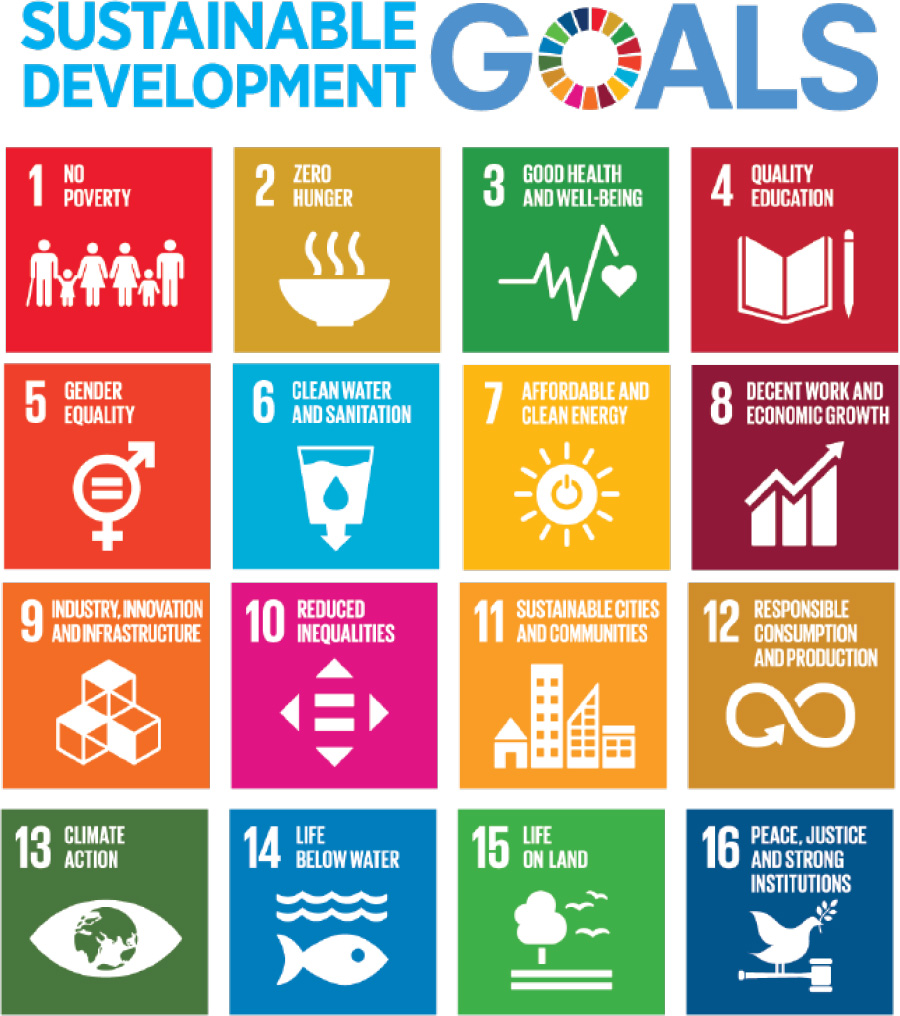
Progress reports are published on an annual basis and align to the SDG indicators. In the most recent “Special Edition” report issued in July 2023, “a preliminary assessment of the roughly 140 targets with data show only about 12% are on track” (SDG Special Report, 2023). It notes that carbon dioxide is at a level not seen in two million years.
Those most impacted by the “collective failure” of countries, are the world’s poorest and most vulnerable people. The report is a “call for action”, whereby Heads of State and Governments are asked to recommit to an accelerated timeline for delivery of the SDGs, along with a number of other requests.
In Ireland, the National Implementation Plan for the Sustainable Development Goals 2022-2024 was published in October 2023. All government departments were involved with its development and the plan sets out five strategic objectives and 51 actions (DECC, 2023). While all government departments are committed to delivering these goals, the Department of the Environment, Climate and Communications (DECC) have the most responsibility in delivering action plans to help Ireland achieve SDG goals, within planetary boundaries, and without compromising those in most need, or the middle of the doughnut. Reports such as the “Long-term Strategy on Greenhouse Gases Emissions Reductions” and the “Clean Air Strategy” can be viewed on the DECC website.
Outside of the SDGs, European Climate Law (European Commission, 2023) seeks to achieve climate neutrality by 2050, or net zero greenhouse gas emissions for all EU countries. A number of policies and instruments have been introduced to achieve this, and they are revised and improved upon ongoingly. EU countries that breach these laws are often brought to the European Court of Justice by the European Commission, and these cases can be viewed on the “EUR-Lex” website. Additionally, a number of not-for-profit law firms such as Client Earth, act against companies who contribute to climate change. The Client Earth website provides examples of how taking action can result in positive changes for our world, by holding companies accountable for their contributions to climate change.
Awareness of climate change and the destructive impact it can have is one side of the story, but understanding what is taking place to counter this, and how we can help to mitigate and adapt to these change is the other.
Accountants play a crucial role in driving Environmental, Social, and Governance (ESG) initiatives within organisations. Learn more about the Accountant’s role in ESG and discover resources to enhance your expertise.
Learn More (https://cpaireland.ie/Resources/CPA-Sustainability-Hub/Sustainability-Micro-Credentials)
- Boffey, Daniel (8 April 2020). “Amsterdam to embrace ‘doughnut’ model to mend post-coronavirus economy”. The Guardian. ISSN 0261-3077. Retrieved 2 August 2023.
- Client Earth: What we do | ClientEarth
- European Commission, Climate Action; European Climate Law (europa.eu). Retrieved 23 July 2023
- Future Earth Org: The Great Acceleration | Future Earth. Retrieved 26 July 2023
- IRIN, UN Office for the Coordination of Humanitarian Affairs. Retrieved 27.07.23 at IRIN Global | CLIMATE CHANGE: Understanding Rio+20 | Global | Aid Policy | Economy | Environment | Food Security | Governance | Health & Nutrition | Human Rights | Natural Disasters | Water & Sanitation (archive.org)
- National Geographic: Anthropocene (nationalgeographic.org)
- Raworth, K. 2017, Doughnut economics: seven ways to think like a 21st century economist, Chelsea Green Publishing, White River Junction, Vermont. Retrieved 23 July 2023
- Rockström, J., W. Steffen, K. Noone, Å. Persson, F. S. Chapin, III, E. Lambin, T. M. Lenton, M. Scheffer, C. Folke, H. Schellnhuber, B. Nykvist, C. A. De Wit, T. Hughes, S. van der Leeuw, H. Rodhe, S. Sörlin, P. K. Snyder, R. Costanza, U. Svedin, M. Falkenmark, L. Karlberg, R. W. Corell, V. J. Fabry, J. Hansen, B. Walker, D. Liverman, K. Richardson, P. Crutzen, and J. Foley. 2009. Planetary boundaries: exploring the safe operating space for humanity. Ecology and Society 14(2): 32. [online] URL: http://www.ecologyandsociety.org/vol14/iss2/art32/
- Steffen, W., Richardson, K., Rockström, J., Cornell, S. E., Fetzer, I., Bennett, E. M., Biggs, R., Carpenter, S. R., de Vries, W., de Wit, C. A., Folke, C., Gerten, D., Heinke, J., Mace, G. M., Persson, L. M., Ramanathan, V., Reyers, B., & Sörlin, S. (2015). Planetary boundaries: Guiding human development on a changing planet. Science, 347(6223), 736–736. http://www.jstor.org/stable/24746123
- Stockholm Resilience Centre: A fundamental misrepresentation of the Planetary Boundaries framework – Stockholm Resilience Centre
- UN News Room: Hottest July ever signals ‘era of global boiling has arrived’ says UN chief | UN News retrieved 2 August 2023
- UNEP, News Centre 2014, Ozone Layer on Track to Recovery. Retrieved 26 July 2023 at Ozone Layer on Track to Recovery: Success Story Should Encourage Action on Climate – UNEP (archive.org)
